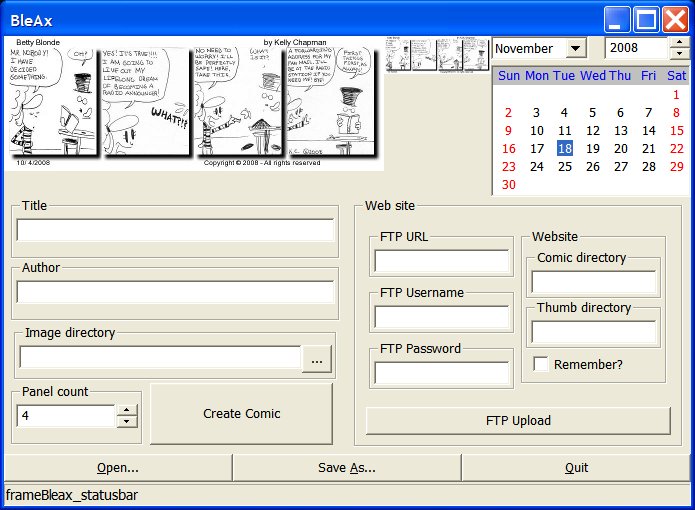Christian, Kelly, and I have been thinking and talking about the Betty Blonde comic. Kelly works hard to improve her skills. She reads everything she can find about drawing, story, humor, and everything associated with the creative side of the strip. She and Christian put there heads together every day to think of new ideas. They work to refine the way the characters, background, and objects are drawn. The try to make the humor “work”. The think of ways to develop the characters. It is a super creative exercise.
Now, we have decided we want to focus our efforts. We plan to start with two things. Kelly will start a weekly post on Betty Blonde that describes the history of the comic strip, how we started drawing when we knew absolutely nothing about it, the development of each of the characters, the drawing of each of the characters, books and articles that help, other comic strips and artists that influence her, the tools she uses for drawing the strip, the other kinds of drawing she does that helps her refine her skills, things that happened in our lives that gave her ideas for stories, etc., etc.
Every night while I read aloud to the kids, Christian scans the strip into one of our Linux computer, then accumulates it into a comic strip and uploads it to our web site with the Betty Blonde Accumulator of Comix (BleAx). BleAx is a great little program written in Python that runs on both Linux and Windows computers. It would probably run on Mac’s, too, but we do not have one to try. After the four individual panels are scanned into the computer, Christian uses BleAx to resize the panels to exactly the right size, add a drop shadow to each of them, accumulate them into a single image, add copyright, date, title and author text, create a thumbnail image of the strip, save everything to an archive on our home computer, and upload the image to our website. This process used to take between 20 and 30 minutes. Now it takes about 30 seconds.


Leave a Reply